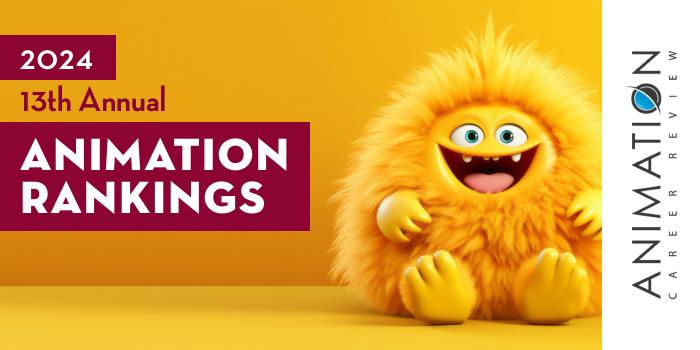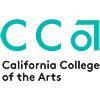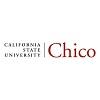The School of Film/Video is the largest department at California Institute of the Arts (CalArts). It is also one of the nation’s most celebrated F/V schools, with famous alumni such as Tim Burton (Beetlejuice, Edward Scissorhands, Ed Wood), Chris Buck (Frozen), and John Lasseter (Toy Story, Cars).
Within the School of Film/Video at CalArts are several intensive BFA and MFA programs in F/V, Film Directing, Character Animation, and Experimental Animation. All programs allow students to explore live-action, animation/animated cinema, and documentary filmmaking, among others. For students seeking a solid animation program, the BFA and MFA degrees in Experimental Animation and the BFA in Character Animation are ideal options.
The Character Animation BFA at CalArts is a four-year program that prepares students to work in both traditional and CG animation environments. Students also have opportunities to pursue one of several interdisciplinary programs (concurrently) and/or add a minor that complements the BFA program. A popular option is the Digital Arts minor.
Other program features include participation in lectures; interactions with visiting artists such as accomplished animators and filmmakers; attendance at a variety of demonstrations and screenings throughout the program; and a comprehensive curriculum that explores all areas of character and CG animation. Examples include several courses in Digital Methods; Character Animation; Film Workshop; Storyboarding; CG Foundation; and Professional Preparation. All students are also required to take Acting for Animators at least once during the program.
The Character Animation BFA at California Institute of the Arts concludes with the creation of a professional portfolio and several short films.
The Experimental Animation BFA and MFA programs at in CalArts collaborate closely with mentors to develop skills in animation approaches, techniques, and processes. Examples include 2D animation, programming, stop motion, digital production, installation, performance animation, motion capture, and multipane. Experimental Animation students will also participate in independent study, lecture courses, and the internship program, as well as seminars, workshops, and visiting artist lectures.
Course examples for BFA students will take courses such as Sound for Experimental Animation; Animation Workshop; Motion and Meaning; Hybrid Imaging; Concept Development; Animation Production; Critical Studies; and Film History.
Like Character Animation students, all Call Arts Experimental Animation BFA students can add the Digital Arts Minor and/or pursue one of several interdisciplinary programs (concurrently). The Digital Arts Minor allows students to develop skills in areas such as computer programming, web design, video editing, digital sound production, and digital fabrication.
The CalArts Experimental Animation BFA program takes four years to complete. To graduate, students will produce a professional portfolio and final project.
The Experimental Animation MFA at California Institute of the Arts is a three-year, residency track program designed for students seeking leadership positions in studio production, those interested in launching their own studios, and individuals who would like to teach and create. Students in this interdisciplinary program will have opportunities to take courses from Art, Music, Theater, and Dance to reach the 60 required credits to graduate.
At least six graduate-level credits of history/theory coursework must be completed in residence at CalArts. To fulfill these requirements, students will take History of Experimental Animation; Seminar in Animation History; and one other approved history/theory course. Other course examples include First Year Shorts; Drawn Techniques for the Experimental Animator; Stop Motion Basics; Interactive Media; Digital Workflow for Animators; and Sound for Experimental Animation.
The Experimental Animation MFA at CalArts culminates with a thesis, which students will complete across four seminar courses consisting of 12 credit hours. Courses include Experimental Animation Thesis Concept Seminar (two courses) and Experimental Animation Thesis Production Seminar (two courses).
California Institute of the Arts graduates go on to successful careers in animation, film and video, advertising, marketing, and acting. Many CalArts alumni have launched their own studios and other entertainment businesses.
In 1961, Walt and Roy Disney formed California Institute of the Arts through a merger of the Los Angeles Conservatory of Music and the Chouinard Art Institute. Today, CalArts serves 1,440 students enrolled in more than 70 degree programs across six schools including Art; Film/Video; Theater; Critical Studies; Sharon Disney Lund School of Dance; and Herb Alpert School of Music. California Institute of the Arts also houses the Roy and Edna Disney/CalArts Theater (REDCAT), located in downtown LA, and the Community Arts Partnership (CAP) with community organizations and public schools across LA County.
California Institute of the Arts is accredited by the Western Association of Schools and Colleges (WASC) Senior College and University Commission (WSCUC). The school is also an accredited institution member of the National Association of Schools of Dance (NASD).






















